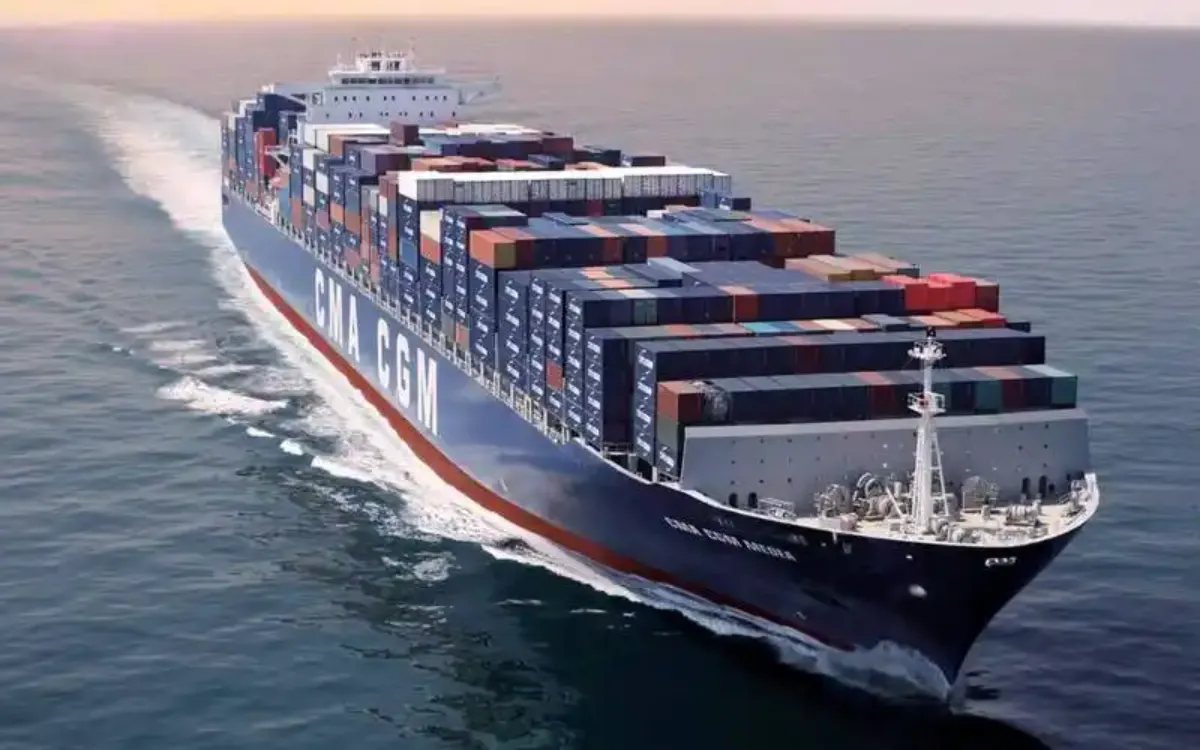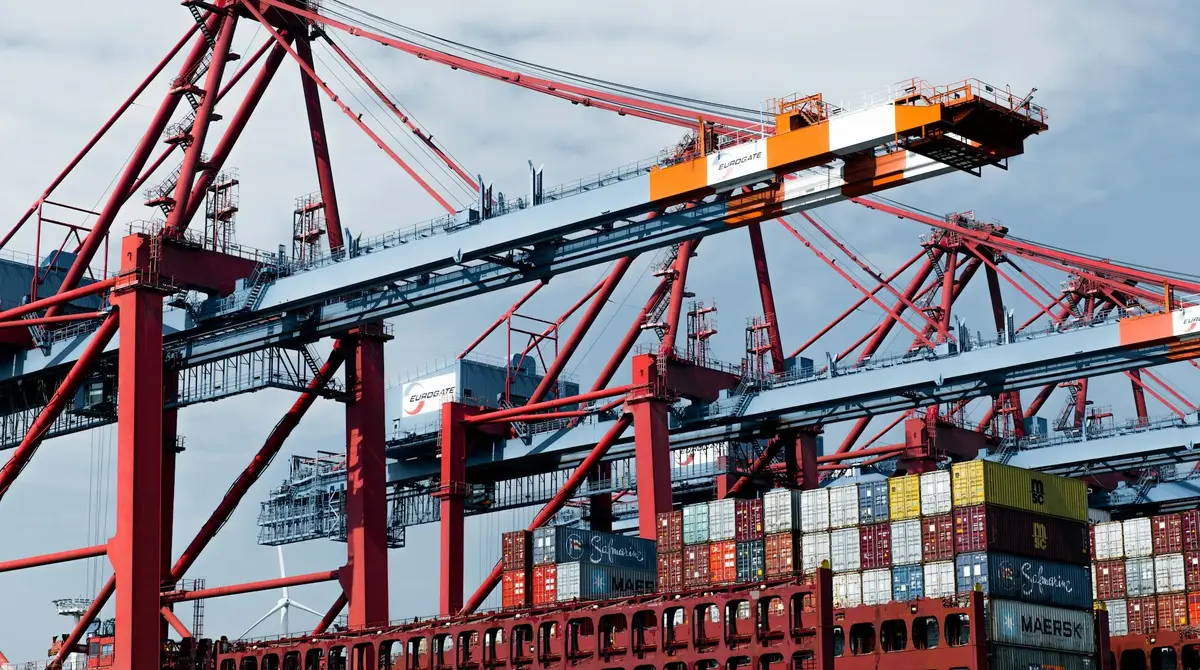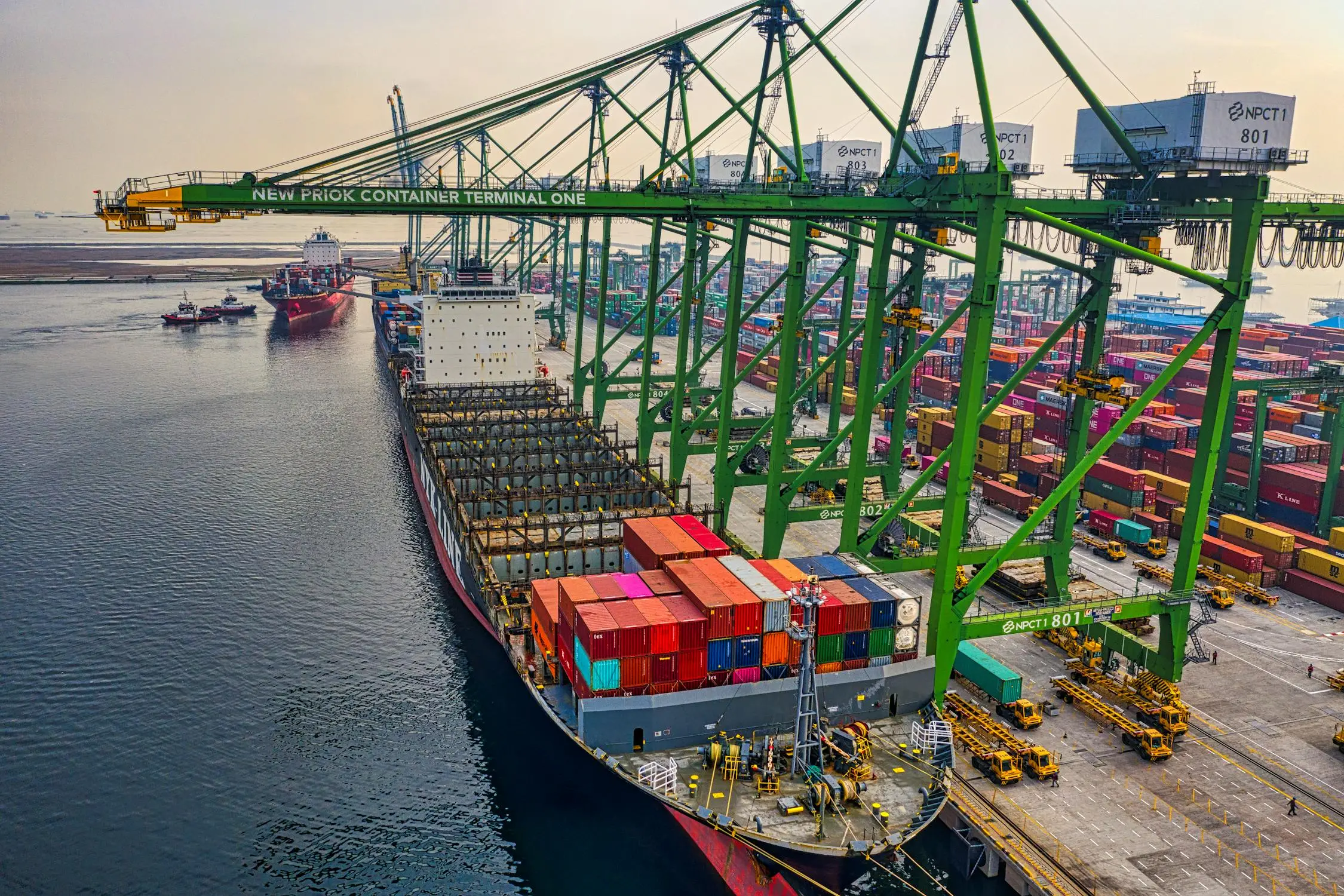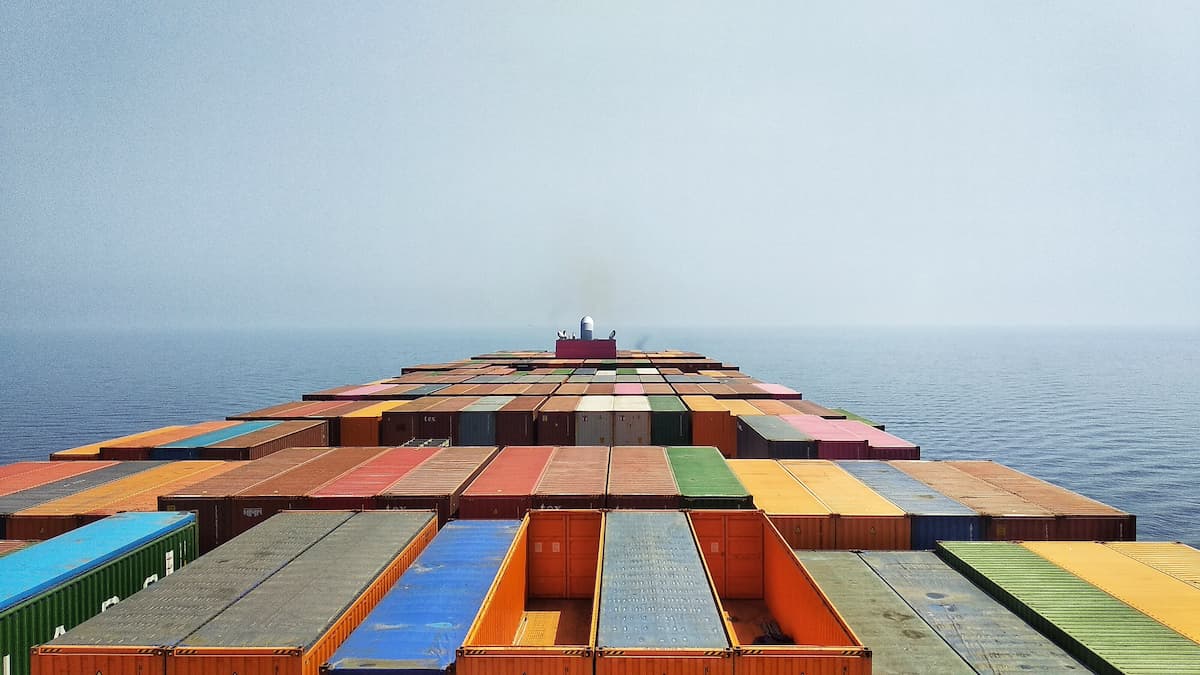
In the vast and intricate world of international trade, ocean freight plays a pivotal role in moving goods across continents. Among the myriad of terms and concepts that govern this industry, NAC rates stand out as a crucial element in determining shipping costs. This comprehensive guide delves into the intricacies of NAC rates, their significance in ocean freight, and the broader context of maritime shipping economics.
1. Understanding NAC Rates
NAC, which stands for "New/Additional Charge," is a term frequently encountered in the ocean freight industry. These rates represent supplementary charges that shipping lines may impose on top of base freight rates. To fully grasp the concept of NAC rates, it's essential to break down its components and understand its place within the broader pricing structure of ocean freight.
1.1 Definition and Purpose
NAC rates are designed to cover various additional costs or services that are not included in the standard freight rate. These charges can be related to a wide range of factors, including:
Fuel price fluctuations
Currency exchange rate variations
Port congestion
Special handling requirements
Seasonal demand surges
Regulatory compliance costs
The primary purpose of NAC rates is to allow shipping lines to adjust their pricing quickly in response to changing market conditions or unforeseen circumstances without altering their base freight rates.
1.2 Types of NAC Rates
NAC rates can take various forms, depending on the specific circumstances and the shipping line's policies. Some common types include:
| NAC Type | Description |
|---|---|
| Bunker Adjustment Factor (BAF) | A charge that fluctuates with fuel prices |
| Currency Adjustment Factor (CAF) | A charge that accounts for exchange rate fluctuations |
| Peak Season Surcharge (PSS) | An additional fee during high-demand periods |
| Emergency Bunker Surcharge (EBS) | A temporary charge during sudden, significant fuel price increases |
| Low Sulphur Surcharge (LSS) | A fee to cover the cost of using low-sulphur fuel in compliance with environmental regulations |
2. The Role of NAC Rates in Ocean Freight Pricing
To fully appreciate the significance of NAC rates, it's crucial to understand their role within the broader context of ocean freight pricing. The total cost of shipping goods by sea is composed of several elements, with NAC rates being just one part of a complex pricing structure.
2.1 Components of Ocean Freight Pricing
The typical components of ocean freight pricing include:
Base Freight Rate: The fundamental charge for transporting cargo from origin to destination.
NAC Rates: Additional charges as discussed earlier.
Terminal Handling Charges (THC): Fees for loading and unloading containers at ports.
Documentation Fees: Charges for processing shipping documents.
Insurance: Optional coverage for the cargo during transit.
Customs Clearance Fees: Charges for processing goods through customs.
Inland Transportation: Costs for moving goods to and from ports.
2.2 Impact of NAC Rates on Total Shipping Costs
NAC rates can significantly impact the total cost of shipping. In some cases, these additional charges can amount to a substantial percentage of the base freight rate. For example:
Case Study: Consider a shipment from Shanghai to Los Angeles with a base freight rate of $2,000 per 40-foot container. The NAC rates might include:
BAF: $300
PSS: $200
LSS: $100
In this scenario, the NAC rates total $600, which is 30% of the base freight rate, bringing the total freight cost to $2,600 before other charges.
This example illustrates how NAC rates can substantially increase the overall cost of shipping, making it crucial for shippers to understand and account for these charges when budgeting for their logistics operations.
3. Factors Influencing NAC Rates
NAC rates are not static; they fluctuate based on various factors that affect the shipping industry. Understanding these influencing factors can help shippers anticipate potential changes in their shipping costs.
3.1 Global Economic Conditions
The state of the global economy plays a significant role in determining NAC rates. Economic factors that can impact these rates include:
GDP growth rates of major trading nations
Global trade volumes
Consumer demand in key markets
Industrial production levels
During periods of economic growth, increased demand for shipping services can lead to higher NAC rates. Conversely, economic downturns may result in lower rates as shipping lines compete for reduced cargo volumes.
3.2 Fuel Prices
Fuel costs represent a significant portion of a shipping line's operating expenses. As such, fluctuations in fuel prices directly impact NAC rates, particularly the Bunker Adjustment Factor (BAF). The relationship between fuel prices and BAF can be illustrated as follows:
| Fuel Price Range (USD/ton) | BAF (USD per 40-foot container) |
|---|---|
| 300-350 | 200 |
| 351-400 | 250 |
| 401-450 | 300 |
| 451-500 | 350 |
This simplified table demonstrates how BAF might increase as fuel prices rise, directly affecting the overall NAC rates.
3.3 Geopolitical Events
Political tensions, trade disputes, and international conflicts can have significant impacts on NAC rates. These events can lead to:
Trade route disruptions
Increased security measures
Changes in trade policies and tariffs
Currency fluctuations
For example, the recent trade tensions between the United States and China have led to shifts in global supply chains, affecting shipping demand and, consequently, NAC rates on various routes.
3.4 Environmental Regulations
As the shipping industry faces increasing pressure to reduce its environmental impact, new regulations can lead to additional costs that are often passed on to shippers through NAC rates. Key environmental factors include:
IMO 2020 sulphur cap regulation
Ballast water management requirements
Carbon emission reduction initiatives
These regulations often require shipping lines to invest in new technologies or use more expensive fuels, costs which are typically reflected in NAC rates such as the Low Sulphur Surcharge (LSS).
4. NAC Rates and Shipping Contracts
The application of NAC rates can vary depending on the type of shipping contract. Understanding these differences is crucial for shippers when negotiating freight rates and managing their logistics costs.
4.1 Spot Market vs. Long-Term Contracts
In the spot market, where rates are negotiated for immediate or short-term shipping needs, NAC rates are typically more volatile and can change rapidly based on market conditions. Long-term contracts, on the other hand, may offer more stability in NAC rates, but often include clauses that allow for adjustments based on specific triggers.
Comparison:
Spot Market: NAC rates can change weekly or even daily, offering flexibility but less predictability.
Long-Term Contracts: NAC rates may be fixed for a period, or subject to pre-agreed adjustment mechanisms, providing more stability for budgeting purposes.
4.2 NAC Rate Transparency
The transparency of NAC rates has been a point of contention in the shipping industry. Shippers often call for greater clarity in how these rates are calculated and applied. In response, some shipping lines and industry organizations have taken steps to improve transparency, including:
Publishing NAC rate calculation methodologies
Providing advance notice of NAC rate changes
Offering online tools for NAC rate estimation
Increased transparency not only helps shippers better understand and predict their shipping costs but also fosters trust between shipping lines and their customers.
5. Strategies for Managing NAC Rates
Given the impact of NAC rates on overall shipping costs, it's essential for shippers to develop strategies to manage these charges effectively. Here are some approaches that businesses can consider:
5.1 Rate Negotiation
Shippers, especially those with significant volume, may be able to negotiate more favorable NAC rates with shipping lines. Strategies for effective negotiation include:
Consolidating shipments to increase volume
Offering consistent, predictable cargo flows
Building long-term relationships with carriers
Understanding market conditions and competitor rates
5.2 Risk Management
To mitigate the impact of fluctuating NAC rates, shippers can employ various risk management techniques:
Using forward contracts to lock in rates for future shipments
Diversifying carriers to spread risk
Incorporating NAC rate fluctuations into pricing strategies for end products
Utilizing hedging instruments to protect against fuel price volatility
5.3 Supply Chain Optimization
Optimizing the supply chain can help reduce the impact of NAC rates:
Streamlining inventory management to reduce rush shipments
Exploring alternative transportation modes (e.g., air freight for high-value, time-sensitive goods)
Considering near-shoring or re-shoring options to reduce dependence on long-distance ocean freight
6. Future Trends in NAC Rates and Ocean Freight Pricing
As the shipping industry continues to evolve, several trends are likely to shape the future of NAC rates and ocean freight pricing:
6.1 Digitalization and Automation
The increasing adoption of digital technologies in the shipping industry is likely to impact NAC rates in several ways:
More dynamic and real-time pricing models
Improved transparency through blockchain and other technologies
AI-driven predictive analytics for more accurate forecasting of NAC rates
6.2 Sustainability Initiatives
As the focus on environmental sustainability intensifies, we can expect to see:
New types of NAC rates related to carbon emissions
Incentives for shippers using more environmentally friendly options
Increased costs associated with compliance with stricter environmental regulations
6.3 Market Consolidation
The ongoing consolidation in the shipping industry, through mergers and alliances, may impact NAC rates by:
Potentially reducing competition and increasing carrier bargaining power
Standardizing NAC rate structures across alliances
Enabling more efficient operations that could lead to more stable rates
7. Conclusion
NAC rates are a crucial component of ocean freight pricing, reflecting the dynamic nature of the shipping industry and its sensitivity to global economic, political, and environmental factors. As we've explored, these rates can significantly impact the total cost of shipping, making them a critical consideration for businesses engaged in international trade.
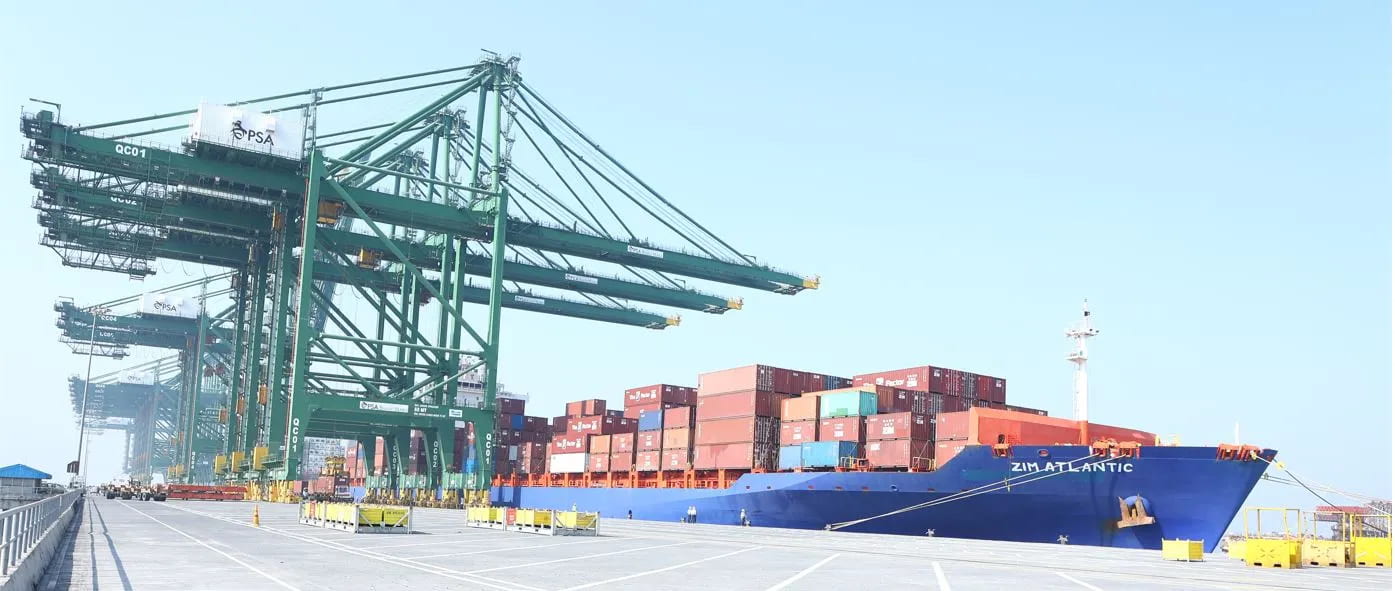
Understanding the intricacies of NAC rates, their influencing factors, and strategies for managing them is essential for effective cost management and supply chain optimization. As the industry continues to evolve, staying informed about trends and developments in NAC rates will be crucial for businesses to remain competitive in the global marketplace.
While NAC rates add complexity to ocean freight pricing, they also provide a mechanism for shipping lines to adapt to changing conditions and maintain service levels. For shippers, the key lies in leveraging this understanding to negotiate favorable terms, implement effective risk management strategies, and optimize their supply chains.
As we look to the future, the interplay between technological advancements, sustainability initiatives, and market dynamics will undoubtedly shape the landscape of NAC rates and ocean freight pricing. Businesses that can navigate these changes adeptly will be well-positioned to thrive in the ever-changing world of international shipping.
 Easy Shipping From Global, Save Cost
Easy Shipping From Global, Save Cost

